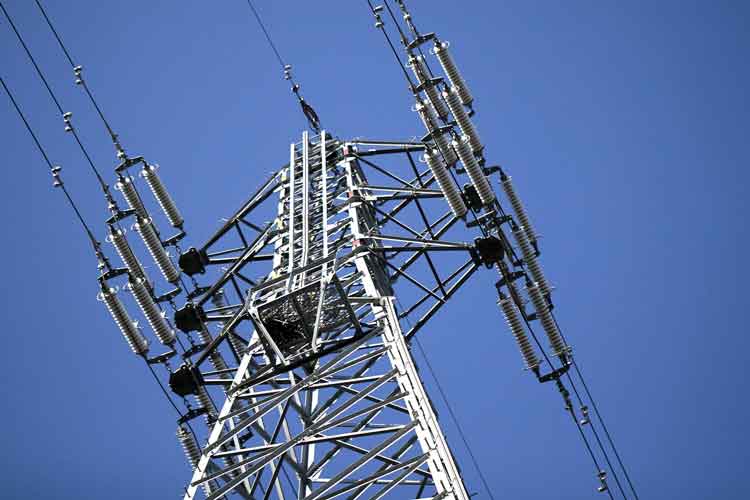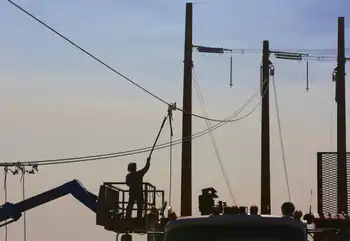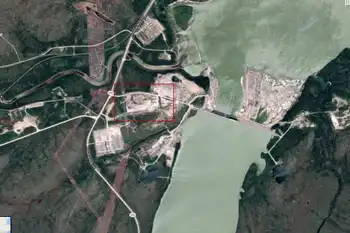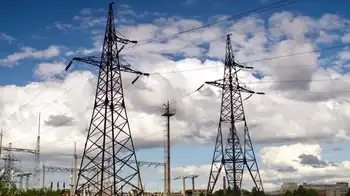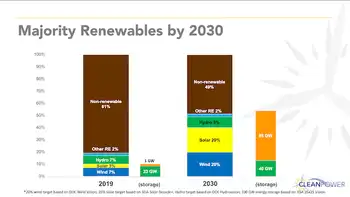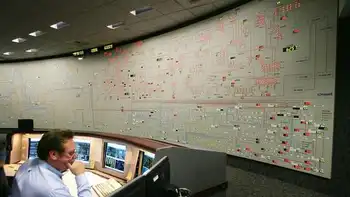Streetlight billing dispute may go to court
By St. Petersburg Times
Protective Relay Training - Basic
Our customized live online or in‑person group training can be delivered to your staff at your location.

- Live Online
- 12 hours Instructor-led
- Group Training Available
The deadline passed - and none of the requested records surfaced.
Now, the Florida Public Service Commission says it's taking Aloha to court over its failure to comply with the subpoena. And state Sen. Mike Fasano, a longtime Aloha critic, is asking prosecutors to investigate whether the company broke state law for the unauthorized sale of electricity.
"They've done something wrong, because if they haven't done anything wrong they would show the PSC the paperwork that was requested," said Fasano, a New Port Richey Republican.
Aloha's principals - Lynnda Speer and Stephen Watford - last year changed the company's name to MMLJ Holdings. Speer, the wife of HSN founder Roy Speer, did not return a message left with her home's caretaker.
Aloha sold its water and wastewater operations last year but continued billing for streetlighting - as well as trash collection - in some neighborhoods, including Aloha Gardens in Holiday and Veterans Village in New Port Richey.
When it came to the street-lighting charges, Aloha paid Progress Energy then billed residents.
That's okay as long as the company is breaking even. But if Aloha made a profit, authorities said, it would be in violation of state law: Companies that sell electricity at a profit are considered electric utilities and are subject to full regulation by the Public Service Commission.
For the last nearly six months, the commission has been seeking documents that could show whether the company made money.
And it appears that amid the investigation, the company formerly known as Aloha has stopped billing for streetlight services.
Last month, when they got their quarterly bill for trash and streetlights, a number of residents reported they no longer saw the streetlighting assessment.
Fasano said he checked with Progress Energy and was assured that the lights would stay on.
"Something doesn't smell right with Aloha Utilities," he said, "and I don't mean the water this time."
The senator wrote a letter asking Pinellas-Pasco State Attorney Bernie McCabe and Florida Attorney General Bill McCollum to investigate, saying Aloha "conceivably charged millions of dollars in electric rates over the 30-plus years it was in operation. The resources of your office are needed to bring this company and its former owners to justice."
The Public Service Commission cut Aloha's principals a break on the subpoena's May 28 deadline because the principals had just hired a new lawyer.
That lawyer told commission staff that his clients would not send any billing records, commission attorney Curt Kiser told Fasano in an e-mail. Kiser said he ordered his staff to get the matter before a circuit judge in Leon County.





